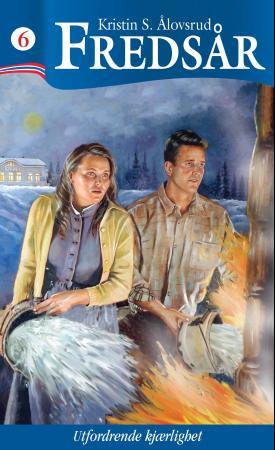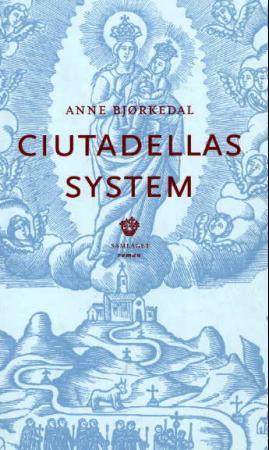
Constellated Ministry av Holli S Emore
349,-
<p>Pagan traditions are the fastest-growing religious group in America, or so it has often been said since British witchcraft arrived in the late 1950s. Numbers are tricky to come by, but we know that contemporary Pagans report themselves as living in every American state, and in countries around the world. Historian Ronald Hutton is fond of pointing out that witchcraft is the one new religion that England has produced and shared globally.</p><p><br></p><p>This volume reviews the shifting landscape of current Pagan spirituality, the unique culture and needs which must be understood to engage with contemporary Pagans, and the implications for future leadership, including organizational models, training and educational needs. The author has interviewed Pagan leaders about their experiences and examines data from the Pagan Engagement and Spiritual Support survey of 2016 to answer questions such as: What does "ministry" mean for Pagans? Who do Pagans turn to for spiritual support? Who ough








